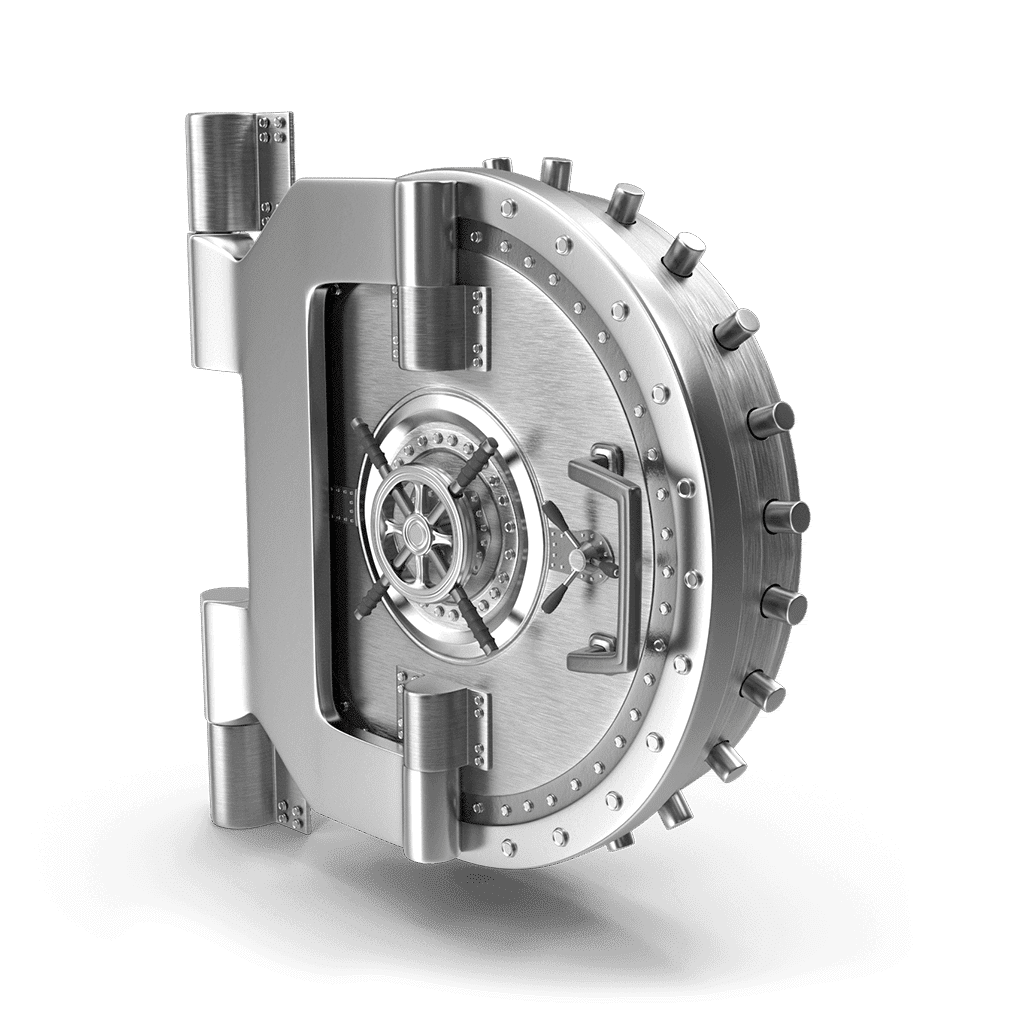We Support your IT Everything

At ThrottleNet, we realize your profession deals with risk management. That’s why our it support for financial services companies keep your network operational and your St. Louis financial firm’s data well out of reach of cybercriminals. Image Box text We focus on mission-critical managed IT services for financial institutions in St. Louis such as commercial banks, insurance companies, mortgage brokers, credit unions, financial advisors, and many more. While these providers in Missouri specialize in different sectors of the financial industry, they all have a common goal when it comes to managed IT services and security: they want an infrastructure where technology keeps on running so they can do business 24/7/365. Accomplishing this requires networks, servers, and endpoints where financial data is secure from malware, phishing attacks, and hackers. ThrottleNet provides IT services for financial institutions in St. Louis that meet all industry standards to give you that kind of business continuity. And because we can bring all of this together within a variety of service plans (none of which require contracts), you know you’re getting exactly the kind of personalized IT services you need. Image Box text No salaries, no employee benefit costs, no vacation time . . . yet you get 24/7 IT support for problems large and small. We’re always working for you, day or night. We provide you with a network engineer and vCIO who will come to know your IT needs better than anyone. With this knowledge, they will develop immediate, scalable IT services that can keep pace with your business growth in St. Louis. We’re focused on the results that your financial organization needs. We view it as solution-based thinking, not just fun, new tech tools. We design IT environments specific to your needs to reduce security breaches and maximize regulatory compliance. Plus, when we step in, human error steps aside, reducing threats such as virus-filled phishing emails. So when we talk about how our IT services mean business continuity for finance firms, it’s more than a promise. It’s backed by proven results for organizations just like yours. We’re so sure that you’ll be happy with our IT services, we’ll pay you if we’re wrong! It’s a win-win trial period. Cory was most helpful. Our Financial software had a hiccup and closed all open purchase orders. Cory very professionally took care of the matter and deleted and rebooted with backup from yesterday evening. He was understanding when I couldn’t help with his technical questions as to locations of files and waited patiently while I got our in-house IT support. Thanks to Cory and Throttlenet, my day just got a whole lot better. Don’t wait for your next IT crisis. Contact us today for a free on-site consultation & security report to evaluate your business’s IT security needs.

IT Support for Financial Services
YOU HAVE ONE JOB: PROTECT THEIR NEST EGG. TAKING A RISK WITH YOUR I.T. CAN CRACK IT WIDE OPEN.



A title
Secure your St. louis financial firm’s IT infrastructure with efficient solutions that really work!

OUR CORE IT SERVICES FOR FINANCIAL SERVICES
Our not-so-secret strategy for your success
Managed
Network
Cloud
Services
Cybersecurity Training for Employees
Business Continuity / Disaster Recovery (BCDR)

A title
You Manage Money.
We manage IT.
With ThrottleNet, you’re basically getting your own IT department without having to hire an IT staff.
Why Choose Throttlenet for Managed IT Services in St. louis?
We keep your network secure & efficient, keeping you on top of the market and your clients’ needs.
So contact us today, and let us take IT management off your mind.
-Pam W

Find out How We Support Your IT Everything